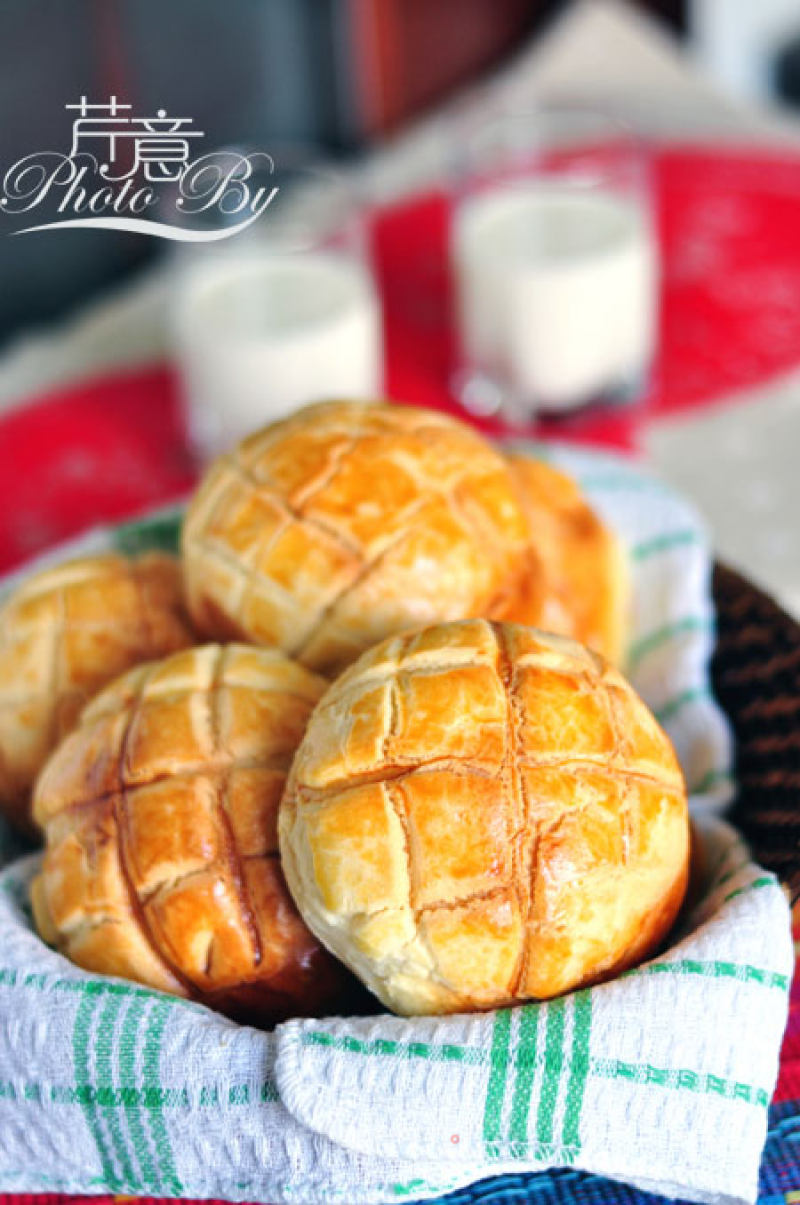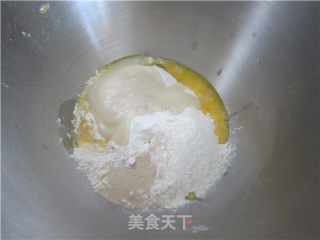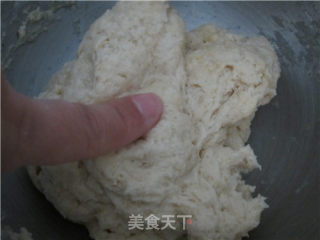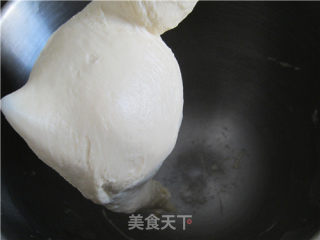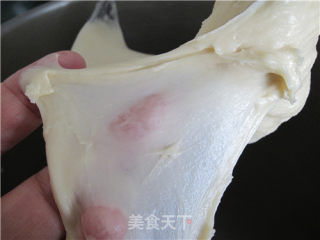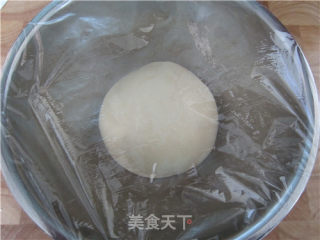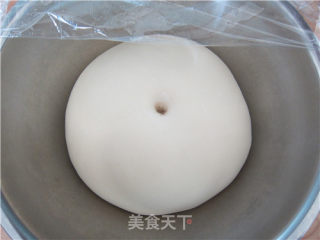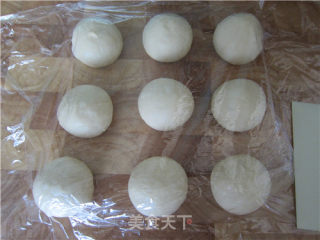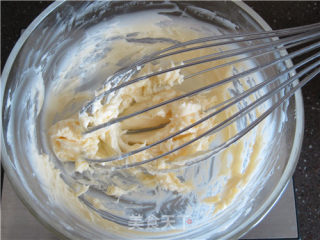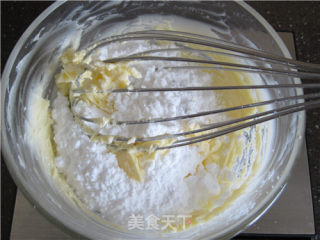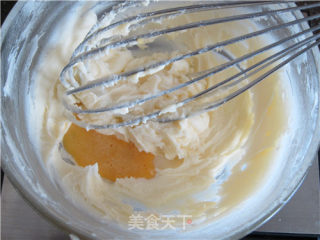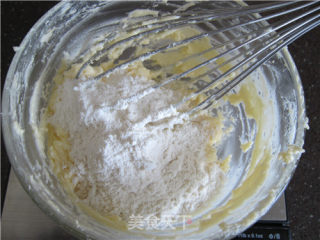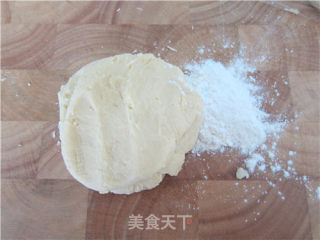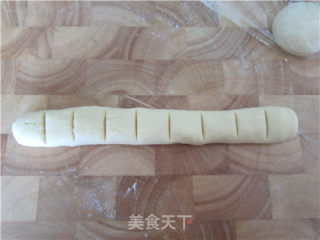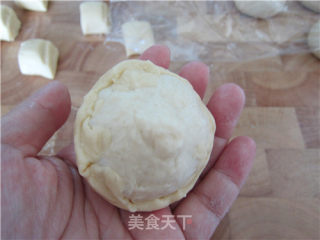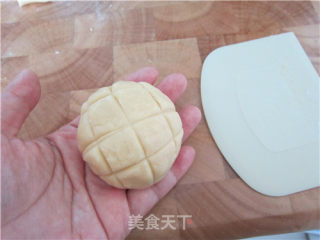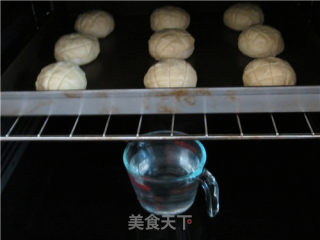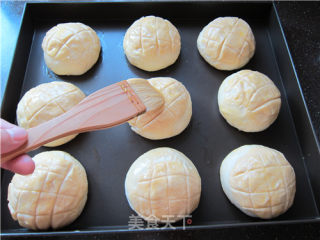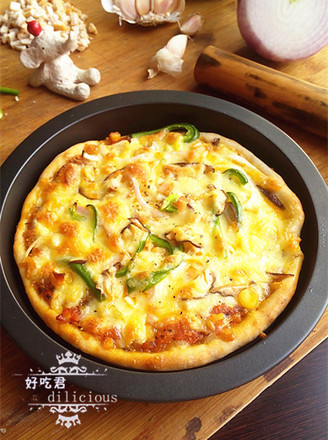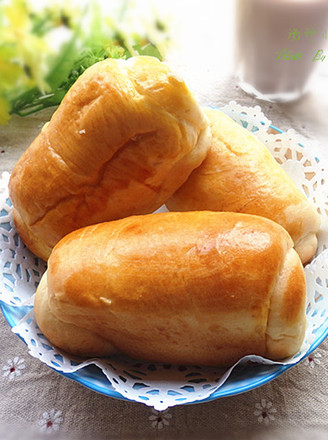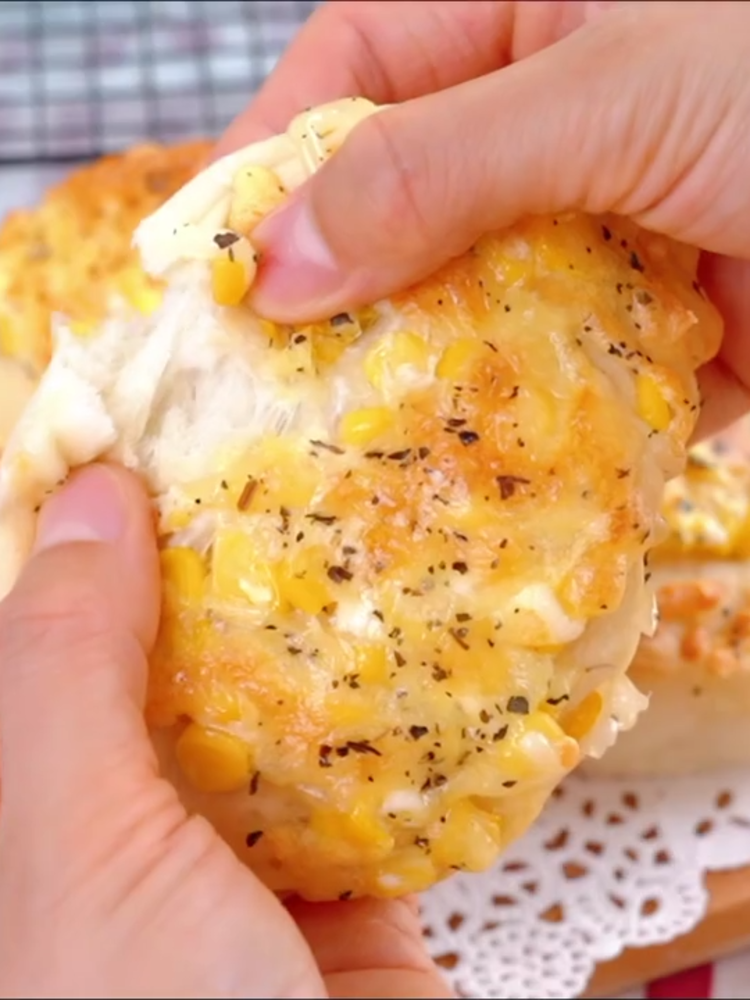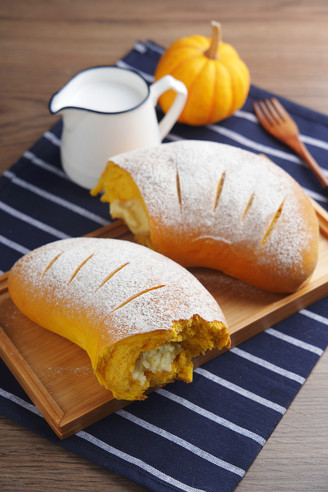Soup Type Pineapple Bun
1.
Stir 20g of soup flour and 100g of water, then heat up, stir and heat on low heat until it is thick. After the egg is drawn, it can leave traces. Remove from the fire immediately, mix well and cool to room temperature, and cover with plastic wrap. , Put it in the refrigerator for more than 1 hour, preferably overnight. (Some recipes say that the soup should be 65 degrees, but not everyone has to take a thermometer to measure it, and it is not necessary, as long as the batter is thick and can leave traces when it is scratched, be careful not to be too dry-this Is my experience).
2.
Put all the dough materials except butter: 210g high-gluten flour, 56g low-gluten flour, 42g fine sugar, 1/2 tsp of salt, 6g instant yeast powder, 30g whole egg, all kinds of soup, and 60g milk into the chef. Do not add all the milk in the mixing tank of the machine, leave 1/4 to adjust the hardness of the dough;
3.
After the dough becomes a dough, stop the machine to check the hardness of the dough, and add the remaining milk in an appropriate amount. If it is still hard, you can also add more milk;
4.
Continue to beat the dough until it does not break when you pull it up, stop and add the butter that has softened to room temperature;
5.
Continue to beat the dough until the surface of the dough is smooth;
6.
Stop the machine to check the dough strength, and it can be pulled into a film.
7.
Round the dough, cover it with plastic wrap, and perform basic fermentation;
8.
Ferment to twice to two and a half times the size, dip your fingers in dry powder, poke a small hole from the top of the dough, the dough does not collapse, the small hole does not shrink, and the degree of fermentation is just right;
9.
Take out the dough, divide it into 9 equal parts, roll round, cover with plastic wrap, and let it rest for 15 minutes;
10.
Prepare the pineapple skin: After 55g of butter has softened to room temperature, stir vigorously with egg extract until it is very soft;
11.
Add 55g of powdered sugar and continue to stir until the butter is whitish in color;
12.
Add 25g of egg liquid in three times, stirring each time until the egg liquid is completely absorbed before adding the next time;
13.
Finally, add half of the flour 70g and mix well;
14.
Put the dough on the chopping board, use the remaining 60g of flour to adjust the hardness, and adjust it to the hardness of the earlobe;
15.
Divide the pineapple skin dough into 9 equal parts for later use;
16.
Loose bread dough, roll again to very round;
17.
Take a portion of the pineapple skin dough and knead it evenly, press it on the top of the bread dough, grab the bottom of the bread dough with your right hand, and coordinate with your left hand to push the pineapple skin evenly on the bread dough;
18.
Try to make the pineapple skin completely cover the bread dough;
19.
Use a scraper to make three vertical and horizontal lines on the pineapple skin to mark out the pineapple traces; in fact, it does not matter. The natural pattern will be cracked when the bread is baked;
20.
After everything is done, put it into the baking tray for final fermentation: put the baking tray in the oven, and put a bowl of hot water at the bottom;
21.
Fermented to two to two and a half times the size, push the baking tray, the bread will tremble slightly; brush lightly with a layer of egg yolk;
22.
Put it into a preheated 180 degree oven and bake for 15 to 20 minutes until the surface is golden.
Tips:
It is not difficult to make bread. Follow the recipe step by step and you will surely succeed.
Add a little trick:
Knead the pineapple skin dough before wrapping the pineapple skin, and round the bread dough again, or round one by one, so that the surface of the pineapple skin and the small bread dough are kept moist, and the pineapple skin will not fall off easily after baking. .

